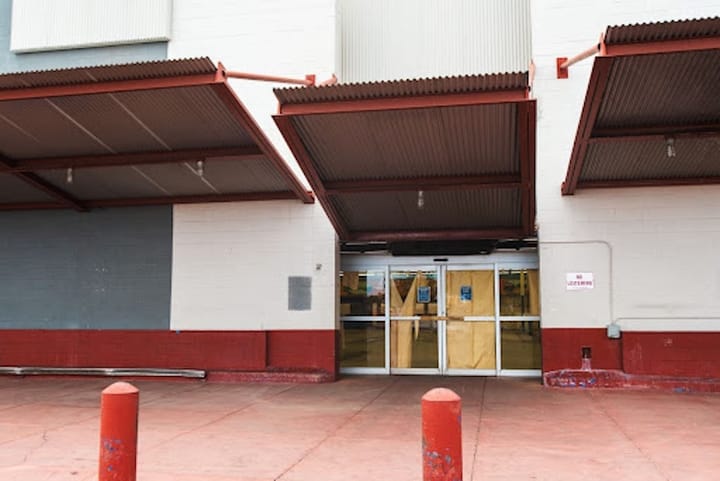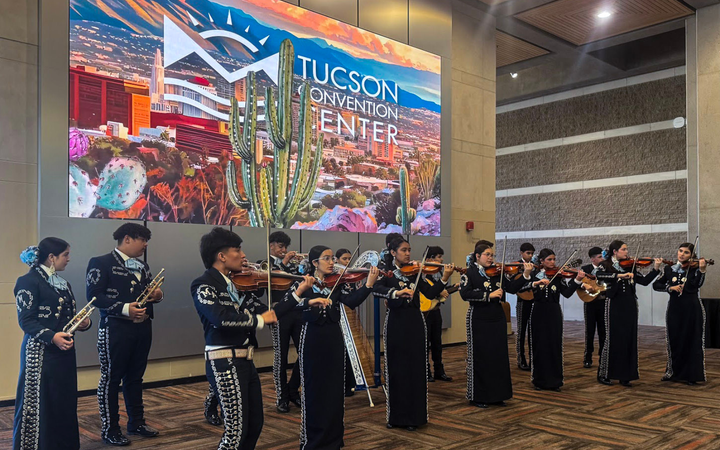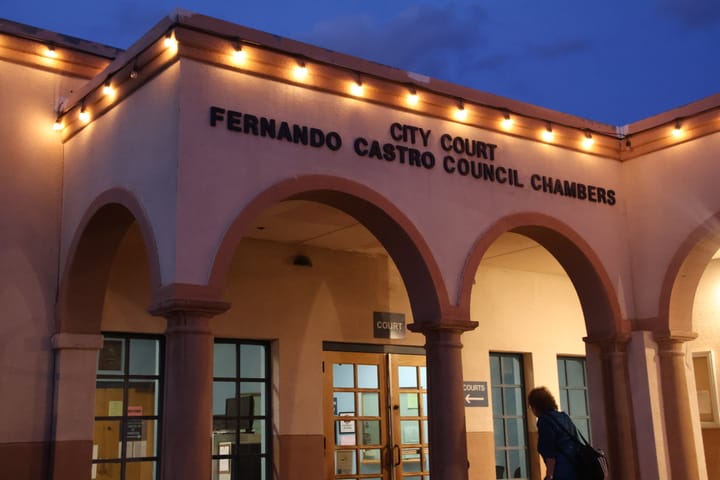Project Blue not dead yet, Tucson officials warn
Despite the Tucson City Council’s vote to block annexation, officials and community members say Amazon’s controversial Project Blue data center could still be built elsewhere in the region.
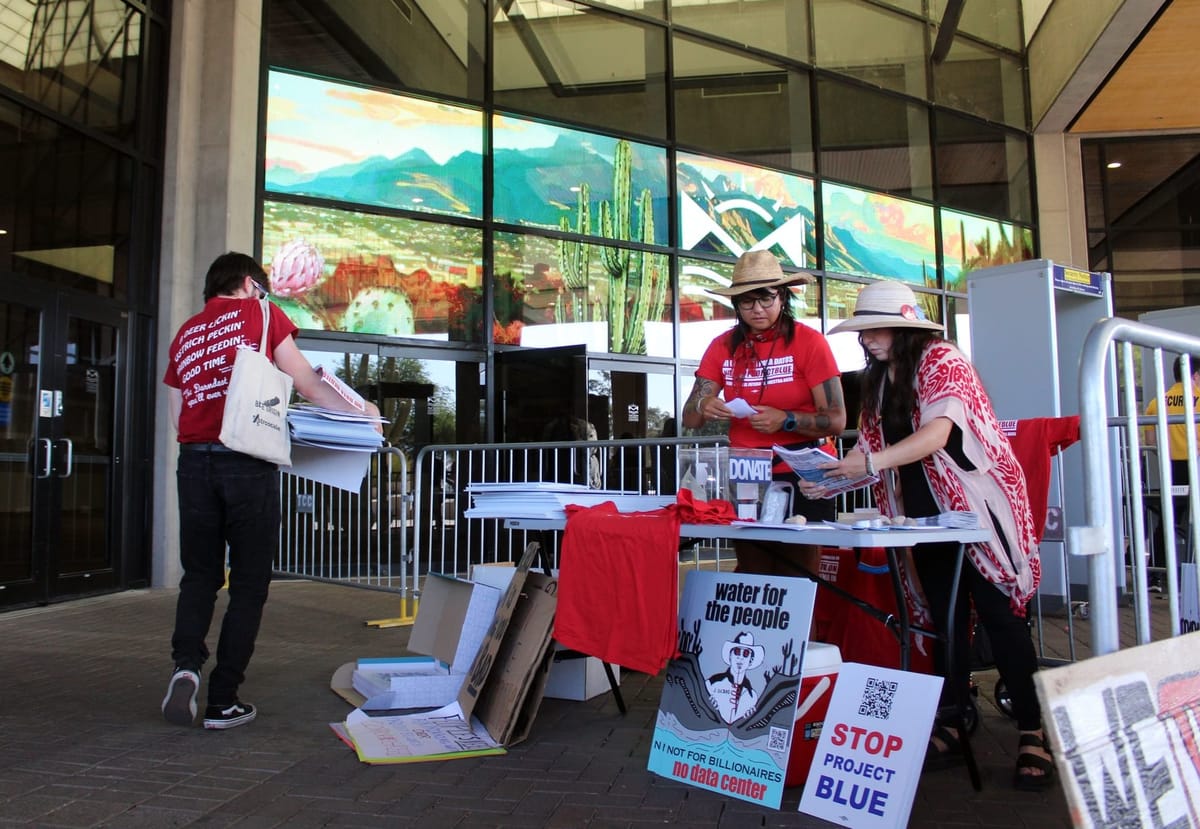
Despite the Tucson City Council’s unanimous vote Wednesday to stop the annexation for Amazon’s controversial Project Blue data center, one city official has warned that the project could still move forward in the region.
Ward 4 Tucson City Councilwoman Nikki Lee said in her newsletter Tuesday that representatives from Beale Infrastructure, the project’s developer, told her the project will be built in the region regardless of the council’s decision.
“I was told directly that this company came into our community with multiple options already identified,” Lee wrote. “Some of those sites are located on federal, state, or unincorporated county land within the Tucson metropolitan area and neighboring towns. Within our watershed. Within the TEP service area.”
The No Data Desert Coalition said that while these statements were presented as certainties, they only reflect the developer’s aspirations.
“Beale and Amazon will still have to pass regulatory muster for any project proposed in Arizona before it becomes final,” Maria Renée from the No Desert Data Center Coalition said in a statement. “And they will always have the community to contend with.”
In addition to the project’s water consumption, its potential energy use was a point of contention at two information sessions prior to Wednesday’s vote.
Ryan Anderson, TEP’s manager of business development, said his department oversees existing customers, large commercial and industrial users, and economic development.
“I want to talk about the diligence the utility does as we carry out a mission to steward the grid for all customers,” said Anderson, who has worked at TEP for eight years.
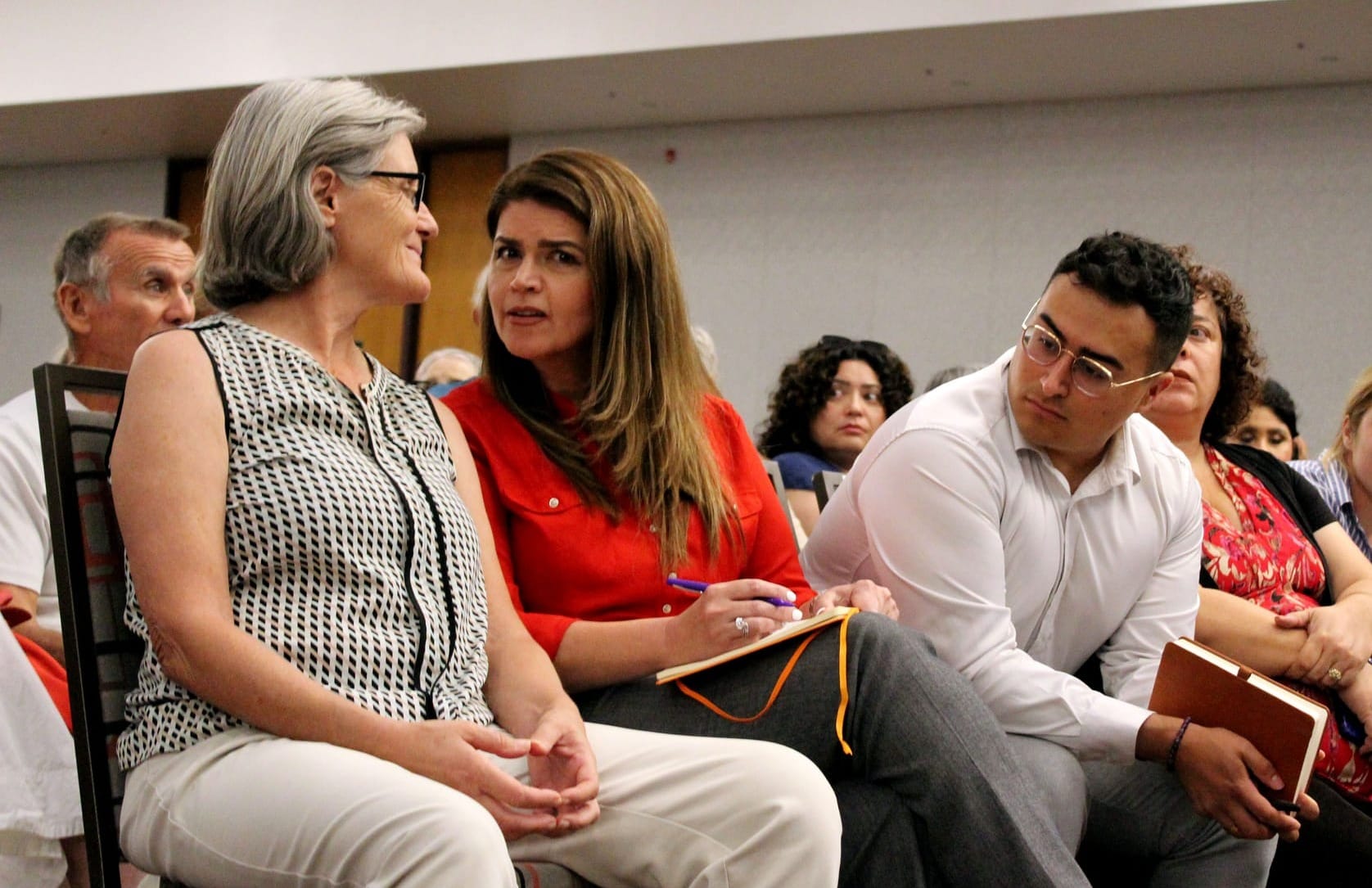
Anderson said concerns over the data center’s power usage fall into three categories: reliability, rate impacts and sustainability.
“Reliability is the whole picture,” he said.
To ensure reliability, TEP would transfer energy from generation resources into a load pocket, according to Anderson. A load pocket is an area where the demand for electricity is significantly high and has limited existing infrastructure, which makes it hard to import enough power to meet the demand.
Once the energy is moved into the load pocket, Anderson said it requires diligence and ensuring the right voltage, along with constant improvements and upgrades.
“I think we’ve invested $1.7 billion in the grid since 2021, so it’s a constant process,” he said.
Anderson also addressed the rate impacts that Project Blue could have on customers, saying TEP CEO Susan Gray said her top concern is making sure no customers are exposed to any risk or cost associated with the data center, and that a contract has been executed to guarantee this.
In terms of sustainability, Anderson said TEP and Beale Infrastructure have already started to develop new carbon-free resources.
Beale said in a press release that it will support TEP’s development of clean energy resources to directly serve Project Blue with no cost impact to other customers.
“We remain committed to achieving the net zero greenhouse gas emission by 2050,” Anderson said. “We’re going to be taking our coal plants offline by 2030 and we are powering that with natural gas.”
Natural gas, also known as methane gas, is known to cause air and noise pollution.
Attendees of a watch party for last Thursday’s virtual information session were surprised to hear about the switch, which Anderson said would create a more water-efficient source to generate electricity.
Anderson said TEP’s current energy mix consists of 50% natural gas, 22% solar and wind, 18% coal and 9% purchased power.
“Even the county and Department of Environmental Quality officials have said that will make our net zero emissions target impossible,” resident Ed Hendel said during Monday’s information session at the Tucson Convention Center.
Hendel is co-founder of Sky Island A.I., a local technology company that uses A.I. to pinpoint specific opportunities where artificial intelligence can be useful and efficient for businesses.
“I created a public dashboard projecting Project Blue’s resource usage,” he said. “Using the numbers from the city’s Project Blue website, we calculated that Project Blue will use more energy than every home.”
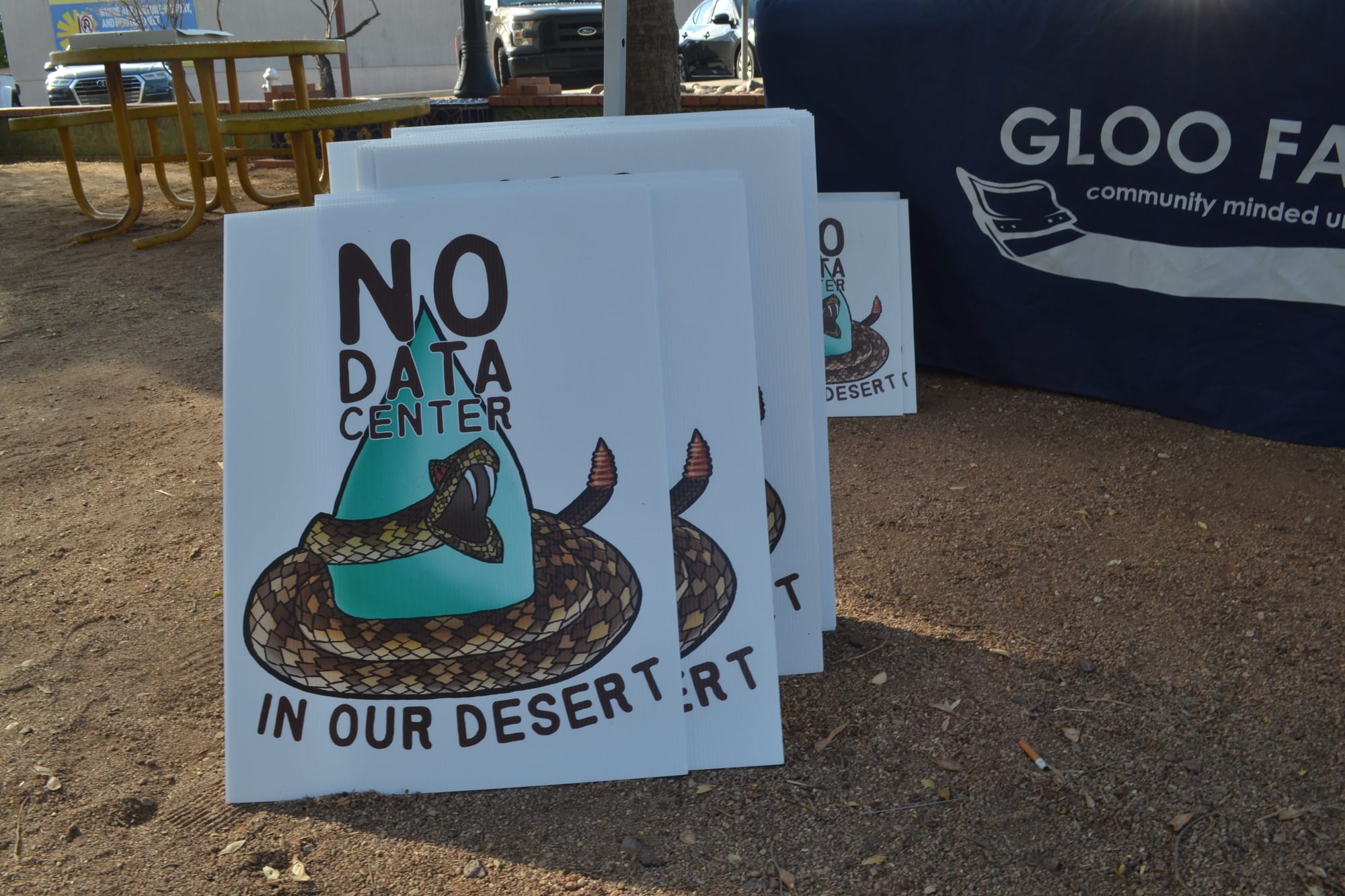
He asked the Project Blue team about the clean energy plan to meet the center’s energy demands without undermining the city’s goal of net zero greenhouse gas emissions by 2050.
There are already 300 megawatts of existing and upcoming power generation from renewable resources. This renewable energy will be used for the project's initial phase, said Logan Craig, vice president of development for Beale Infrastructure.
“I knew TEP is speculating on resources to support future phases of this project,” he said. “We feel that it is inappropriate to be speculating on the results of all (requests for proposals).”
TEP and Beale are open to exploring other renewable resources for the project’s future phases, such as solar and geothermal thermal services, according to Craig.
But the comment did little to ease public concerns about the proposed data center.
At the end of Monday’s session, chants of “Let us vote” rang through the ballroom as the Project Blue team stood up to leave.
“I am proud of the traditions that we have of listening to each other and having good conversations,” said Mayor Regina Romero. “Making sure that we’re getting the facts and that we’re making decisions together.”
Arilynn Hyatt is a journalism major at the University of Arizona and Tucson Spotlight intern. Contact her at arilynndhyatt@arizona.edu.
Tucson Spotlight is a community-based newsroom that provides paid opportunities for students and rising journalists in Southern Arizona. Please consider supporting our work with a tax-deductible donation.

